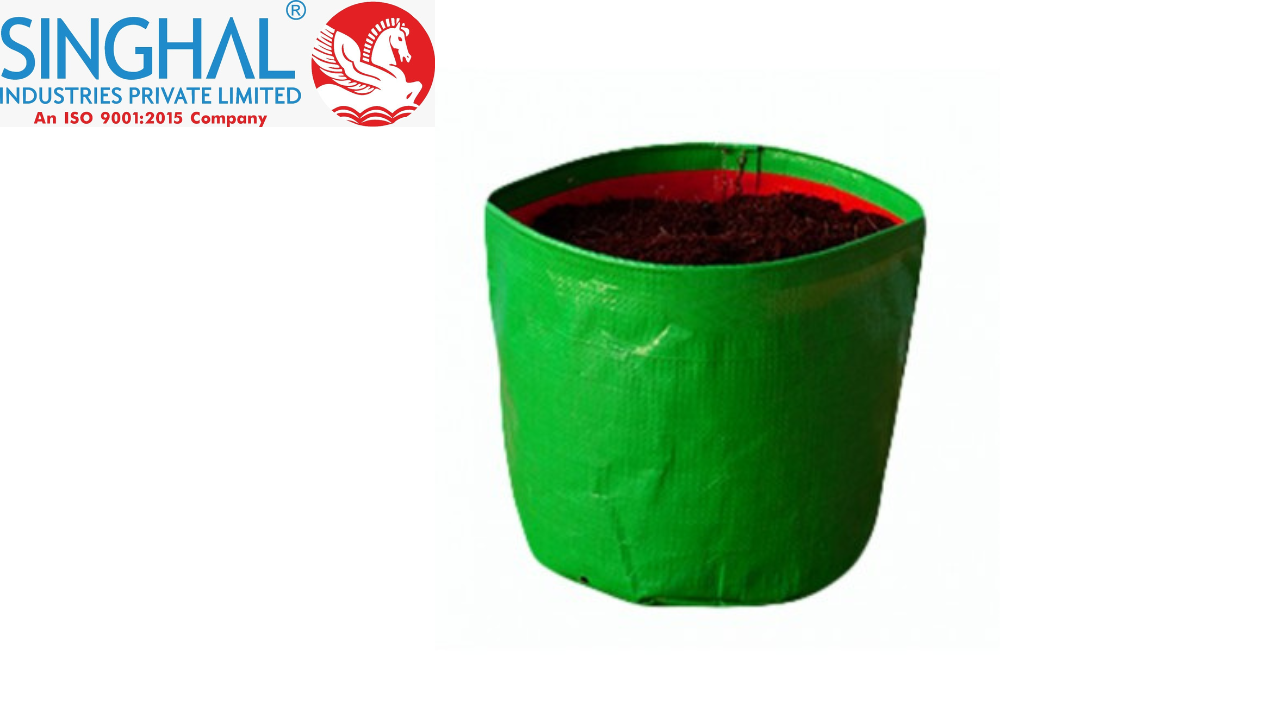Grow bags have become a popular alternative to traditional planting pots and garden beds, offering a versatile and effective solution for growing a variety of plants. Fabric Grow Bags For Trees are designed to enhance plant health and productivity, making them an excellent choice for both amateur gardeners and professional horticulturists.
What Are Grow Bags?
Grow bags are containers made from breathable fabric, often felt or other durable materials, that provide an optimal environment for plant growth. They come in various sizes and shapes, accommodating different types of plants and gardening needs. Unlike conventional plastic pots, grow bags promote better root development and overall plant health.
Benefits of Using Grow Bags
-
Improved Root Health: The breathable fabric of grow bags allows air to reach the roots, promoting air pruning. This natural process prevents roots from becoming pot-bound and encourages the development of a healthy, fibrous root system.
-
Enhanced Drainage: Grow bags provide excellent drainage, preventing water from accumulating at the bottom and reducing the risk of root rot. Excess water seeps out through the fabric, ensuring that plants receive the right amount of moisture.
-
Temperature Regulation: The fabric material of grow bags helps regulate soil temperature. It keeps roots cooler in hot weather and provides better insulation in colder climates, creating a more stable environment for plant growth.
-
Versatility: Grow bags can be used in various settings, including gardens, patios, balconies, and even indoors. Their lightweight and portable nature make them easy to move, allowing gardeners to optimize sunlight exposure and protect plants from adverse weather conditions.
-
Space Efficiency: Ideal for urban gardening and small spaces, grow bags enable gardeners to make the most of limited areas. Vertical gardening systems with stackable grow bags can maximize the use of vertical space, increasing the yield from a small footprint.
-
Eco-Friendly: Many grow bags are made from recycled materials, and their reusability makes them an environmentally friendly option. At the end of their lifespan, some fabric grow bags can be composted, further reducing their environmental impact.
Types of Grow Bags
Grow bags come in different materials and designs to suit various gardening needs:
- Fabric Grow Bags: Made from breathable felt or non-woven fabric, these are the most common type. They promote air pruning and are available in various sizes.
- Plastic Grow Bags: Made from durable polyethylene, these bags are more rigid and can be reused multiple times. They are often used for larger plants or trees.
- Biodegradable Grow Bags: Biodegradable Grow Bags India are Made from natural fibers, these bags decompose over time and can be planted directly into the ground, reducing transplant shock.
Tips for Using Grow Bags
-
Choosing the Right Size: Select grow bags that are appropriate for the size and type of plants you want to grow. Larger bags are suitable for vegetables and root crops, while smaller bags work well for herbs and flowers.
-
Proper Soil Mix: Use a high-quality potting mix with good drainage properties. Adding compost or organic matter can enhance soil fertility and improve plant growth.
-
Regular Watering: Grow bags dry out faster than traditional pots, so regular watering is essential. However, ensure you do not overwater, as excess moisture will drain out through the fabric.
-
Fertilization: Due to increased drainage, nutrients can leach out more quickly. Regular fertilization with a balanced, water-soluble fertilizer can help maintain nutrient levels.
-
Seasonal Care: In colder climates, move grow bags indoors or to a sheltered location to protect plants from frost. In hot weather, provide shade or increase watering frequency to prevent overheating.
Conclusion
Grow bags are transforming the way we approach gardening by offering a versatile, efficient, and environmentally friendly solution for growing plants. Whether you're a seasoned gardener or a beginner, integrating 12 Grow Bags into your gardening practice can lead to healthier plants and more bountiful harvests. Embrace the benefits of grow bags and experience a new level of success in your gardening endeavors.
Frequently Asked Questions (FAQs)
1. What are grow bags made of?
Grow bags are typically made from breathable fabric materials such as felt or non-woven fabric. Some grow bags are also made from durable polyethylene or biodegradable natural fibers.
2. What sizes do grow bags come in?
Grow bags are available in a wide range of sizes, from small 1-gallon bags for herbs and flowers to large 20-gallon or even 50-gallon bags suitable for trees and large vegetables. The size you choose should depend on the type and size of the plant you wish to grow.
3. How do grow bags promote better root health?
Grow bags promote better root health through a process called air pruning. The breathable fabric allows air to reach the roots, causing them to stop growing when they reach the edges of the bag. This encourages the development of a dense, fibrous root system instead of becoming root-bound.



